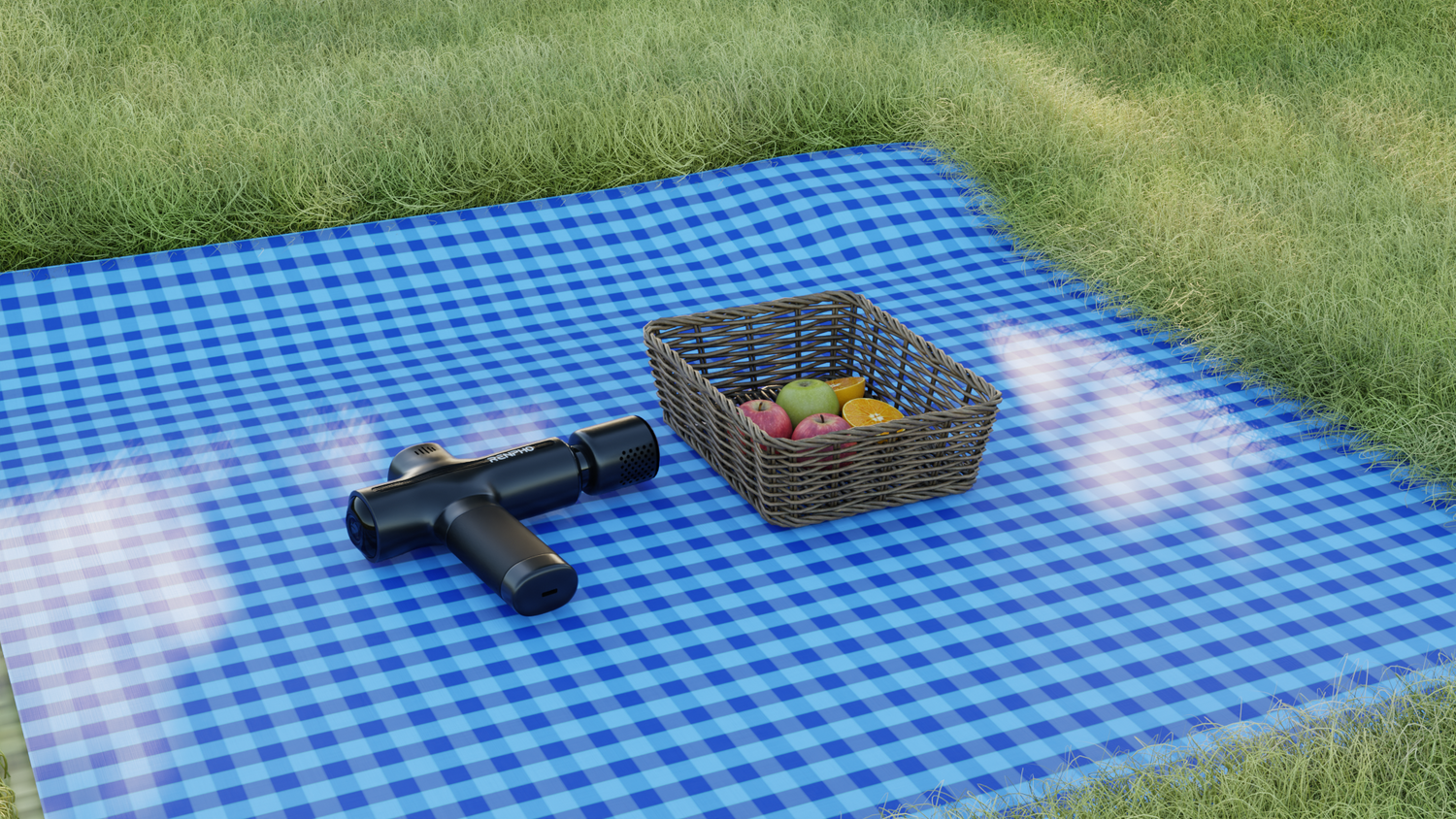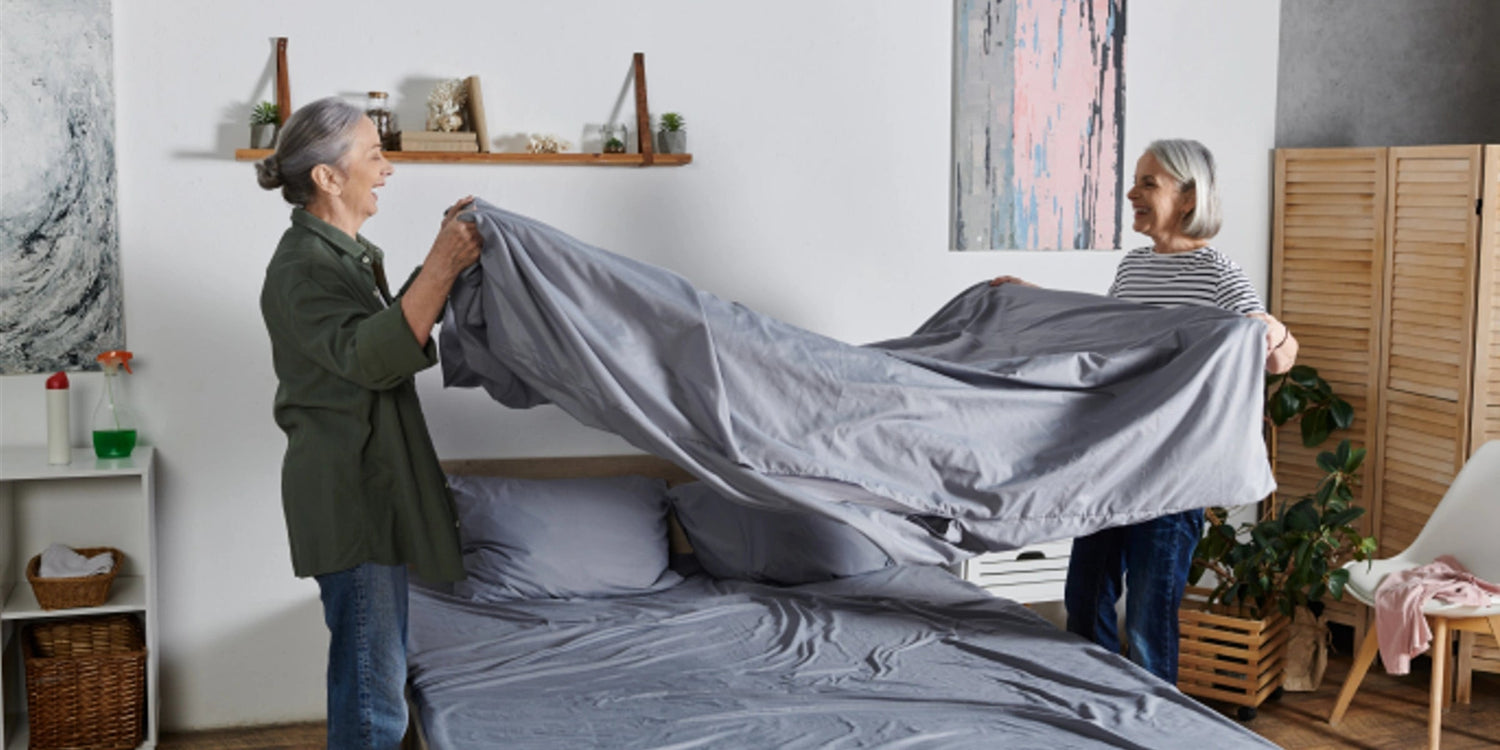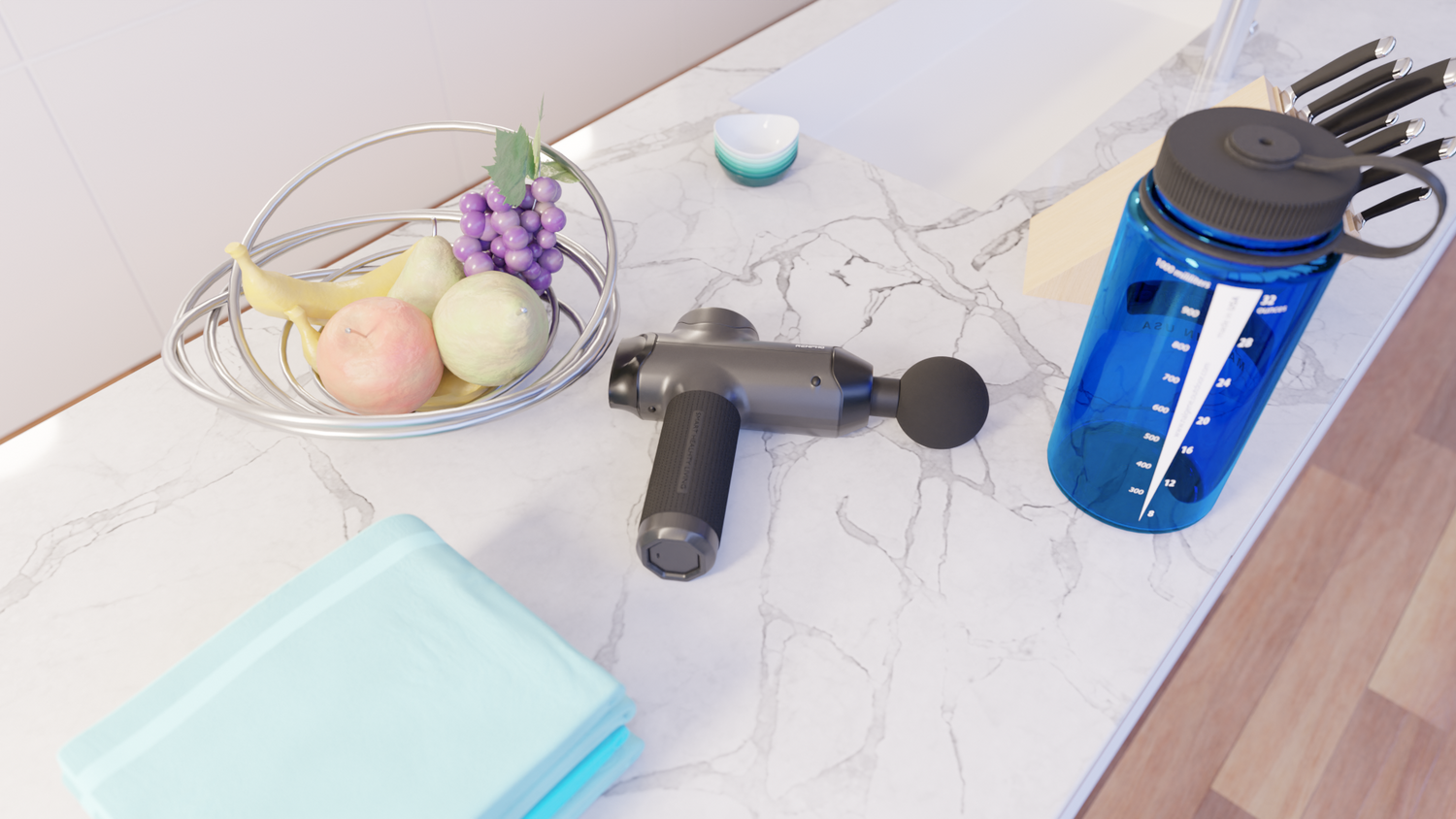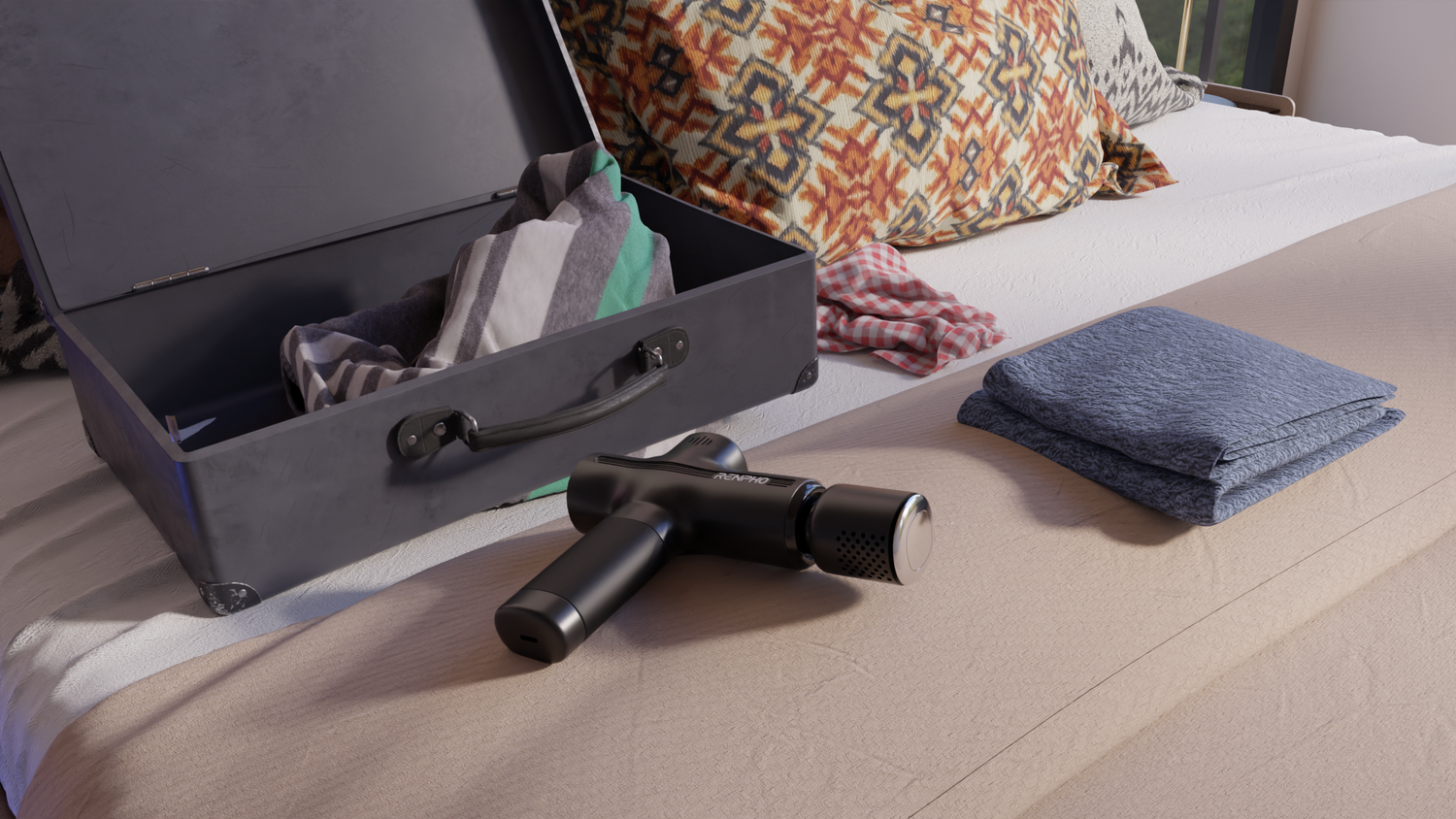As you may have noticed over the past years, massage guns have surged in popularity among fitness enthusiasts and recovery advocates alike. These handheld devices promise quick relief from muscle soreness and tension, making them a go-to tool for athletes and everyday gym-goers. However, while they can be incredibly effective, improper use can lead to discomfort or even injury. In this blog post, we’ll explore the top five mistakes to avoid when using a massage gun for muscle relief. By understanding these common pitfalls, you can maximize the benefits of your massage gun and enhance your recovery routine. Let’s dive in!
Why Use a Massage Gun for Muscle Relief?

Using a massage gun for muscle relief offers numerous benefits, effectively mimicking traditional massage techniques to promote muscle recovery. Recent studies indicate that vibration therapy can significantly improve range of motion and aid in soreness reduction, making it an excellent tool for athletes and fitness enthusiasts alike.
The deep tissue penetration provided by a massage gun enhances circulation, delivering oxygen and nutrients to sore muscles while flushing out toxins. This process not only accelerates recovery but also alleviates muscle tension and stiffness, helping you feel rejuvenated after workouts.
Moreover, the convenience and control that a massage gun provides allow users to target specific muscle groups with precision, making it easy to incorporate into pre- and post-workout routines. Unlike traditional massages, a massage gun can be used anytime, anywhere, ensuring you can address muscle soreness and maintain optimal performance on a regular basis.
Why is It Essential to Properly Use a Massage Gun?

Properly using a massage gun is crucial for maximizing recovery, preventing injury, and enhancing muscle relaxation. When applied correctly, massage guns can help improve blood flow, promote faster healing, and relieve muscle tension. Engaging in proper technique—such as maintaining a steady pace and avoiding bony areas—ensures these benefits are fully realized.
Selecting the right attachment is essential; different heads target various muscle groups and serve unique purposes, like deep tissue relief or gentle relaxation. Additionally, adjusting the power setting to match your comfort level can help prevent strain or irritation, promoting a more effective massage experience.
Listening to your body during use is vital for injury prevention; paying attention to discomfort signals can guide you in adjusting pressure or technique. Regular maintenance of the massage gun itself, including cleaning attachments and ensuring battery life, ensures optimal performance and longevity.
5 Common Mistakes People Make with Massage Guns

Massage guns have surged in popularity as a convenient way to relieve muscle tension, improve recovery, and enhance athletic performance. However, despite their benefits, many users unknowingly hinder their results or even risk injury by making common mistakes. Understanding these missteps can help ensure that you maximize the effectiveness of your massage gun while promoting muscle health and recovery. In the following sections, we will explore five common mistakes people make when using massage guns, providing insights on how to use this powerful tool correctly and safely for the best results.
1. Using the Wrong Attachment
Using the wrong attachment for massage guns can pose significant injury risks, particularly when opting for hard attachments like the bullet or cone. These attachments are designed for deep tissue work and should never be used on sensitive areas such as the throat or temple, as they can cause serious harm.
Selecting the appropriate attachment for specific muscle groups is crucial for achieving an effective massage. Each attachment serves a distinct purpose; using a hard attachment on delicate areas or for superficial muscle layers can reduce the overall effectiveness of the treatment, leading to discomfort rather than relief.
Moreover, pressing too hard on a single spot can result in bruising and lingering discomfort. Intense pressure combined with the wrong attachment may overwhelm the muscle tissues, pushing beyond their limits and causing painful reactions. To ensure a safe and beneficial massage experience, it’s essential to choose attachments thoughtfully and apply the right amount of pressure, maximizing both safety and effectiveness.
2. Applying Too Much Pressure
When using a massage gun, it's crucial to avoid excessive pressure, as too much force can lead to bruising and muscle damage. This not only poses a risk to your physical well-being but also limits the effectiveness of the device's vibrations. The primary goal of a massage gun is to stimulate and relax the muscles through gentle vibrations, rather than applying forceful pressure that can be counterproductive.
To find the right intensity level, begin at a low setting and gradually adjust according to your comfort. This approach allows you to experience the therapeutic benefits without causing discomfort or harm. Pay attention to your body’s response; if you feel pain or discomfort, reduce the pressure or intensity. Aim for a soothing experience that promotes muscle relaxation and recovery.
Remember, the vibrations from the massage gun should enhance your relaxation and well-being, not create unnecessary strain. Prioritize gentle stimulation over excessive force to truly reap the rewards of your massage gun.
3. Overusing the Massage Gun
Overusing a massage gun can lead to several potential risks, particularly if sessions exceed the recommended 10-15 minutes per muscle group. Extended use can cause muscle fatigue, leaving your muscles feeling worn out rather than rejuvenated. This fatigue can undermine the recovery process, hindering your ability to perform daily activities or engage in further workouts.
Additionally, excessive use of a massage gun may promote inflammation instead of alleviating it. While these devices are designed to enhance muscle recovery similar to traditional massage therapy, they can backfire when overused. Rather than providing relief, consistent prodding can result in muscle soreness, negating the benefits you seek.
To maximize the advantages of your massage gun, it's crucial to adhere to suggested usage guidelines. Balance your sessions for optimal recovery and ensure that you give your muscles the rest they need to heal and grow. Always listen to your body, and if you experience discomfort, consider reducing the frequency or duration of your massages to avoid the pitfalls of overuse.
4. Neglecting Warm-Up and Cool Down
Incorporating a proper warm-up and cool-down in any workout routine is paramount for both performance and safety. While percussion massage guns have gained popularity for muscle recovery, they should not replace the essential practices of warming up and cooling down. A warm-up involving light exercise or stretching enhances blood circulation and prepares your muscles for intense activity, maximizing the effectiveness of massage tools while significantly reducing the risk of injury.
Neglecting to prepare your body properly can lead to strains and overexertion, ultimately hindering your fitness goals. Equally important, the cool-down phase helps to gradually lower your heart rate, promote flexibility, and eliminate metabolic waste products post-workout. This recovery phase is critical for ensuring your muscles heal and adapt effectively.
By prioritizing both the warm-up and cool-down stages in conjunction with the use of a percussion massage gun, you can optimize your workouts, enhance recovery, and prevent injury, paving the way for consistent, long-term fitness progress.
5. Not Listening to Your Body
When using a massage gun, it's crucial to **listen to your body**. Everyone has different pain thresholds and responses to therapy, so what feels great for one person might be uncomfortable for another. Ignoring your **pain signals** can lead to worsening discomfort or even injury. If you feel sharp pain, it's a clear indication to adjust the **intensity** or change your **technique**.
To maximize the benefits of your massage gun, keep it moving over various muscle groups rather than focusing on one area for too long. Staying in one zone can lead to excessive pressure on a single spot, resulting in sharp, unwelcome pain. By moving the device continuously, you promote better blood flow and muscle relaxation without risking strain.
Always prioritize your comfort and safety. Make it a practice to check in with your body throughout the session, ensuring that your experience remains positive and effective. Embrace the power of the massage gun while respecting your body's signals.
Takeaway
While massage guns offer a convenient and effective way to alleviate muscle soreness and enhance recovery, proper use is essential to avoid discomfort or injury. By being mindful of the common mistakes discussed—using the wrong attachment, applying too much pressure, overusing the device, neglecting warm-ups and cool-downs, and ignoring your body’s signals—you can ensure a safe and beneficial experience. Understanding how to use a massage gun correctly allows you to maximize its advantages, improve muscle recovery, and support your fitness goals. Remember, balance and moderation are key to unlocking the full potential of this powerful tool in your recovery routine.
Renpho Health Tips
-

5 Delightful Autumn Picnic Ideas for a Perfect Day Outdoors
September 16, 2024
Read more >
-

5 Ways to Motivate Yourself to Make Your Bed Everyday
September 11, 2024
Read more >
-

Maximize Your Recovery: How to Use a Massage Gun After Labor Day Activities
September 6, 2024
Read more >
-

Achieving Recovery: Are Massage Guns the Ultimate Post-Workout Tool?
September 4, 2024
Read more >
-

Unlock the Benefits of Percussion Massage Guns for Your Labor Day Recovery
September 6, 2024
Read more >



































